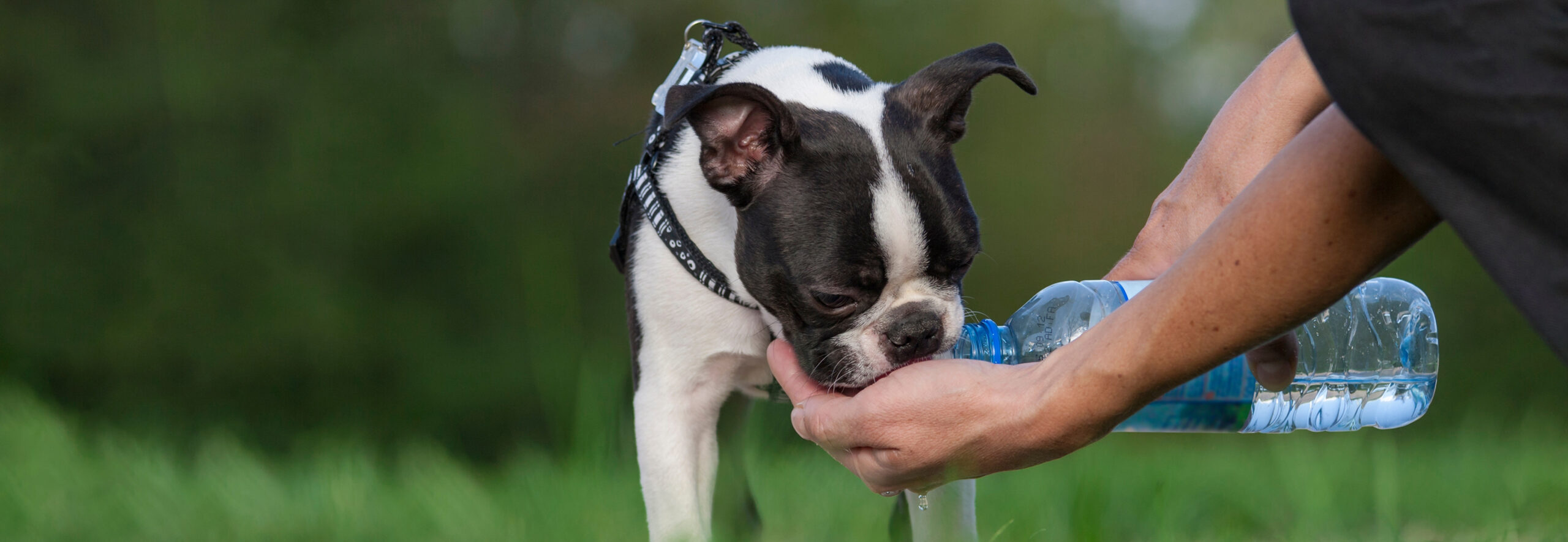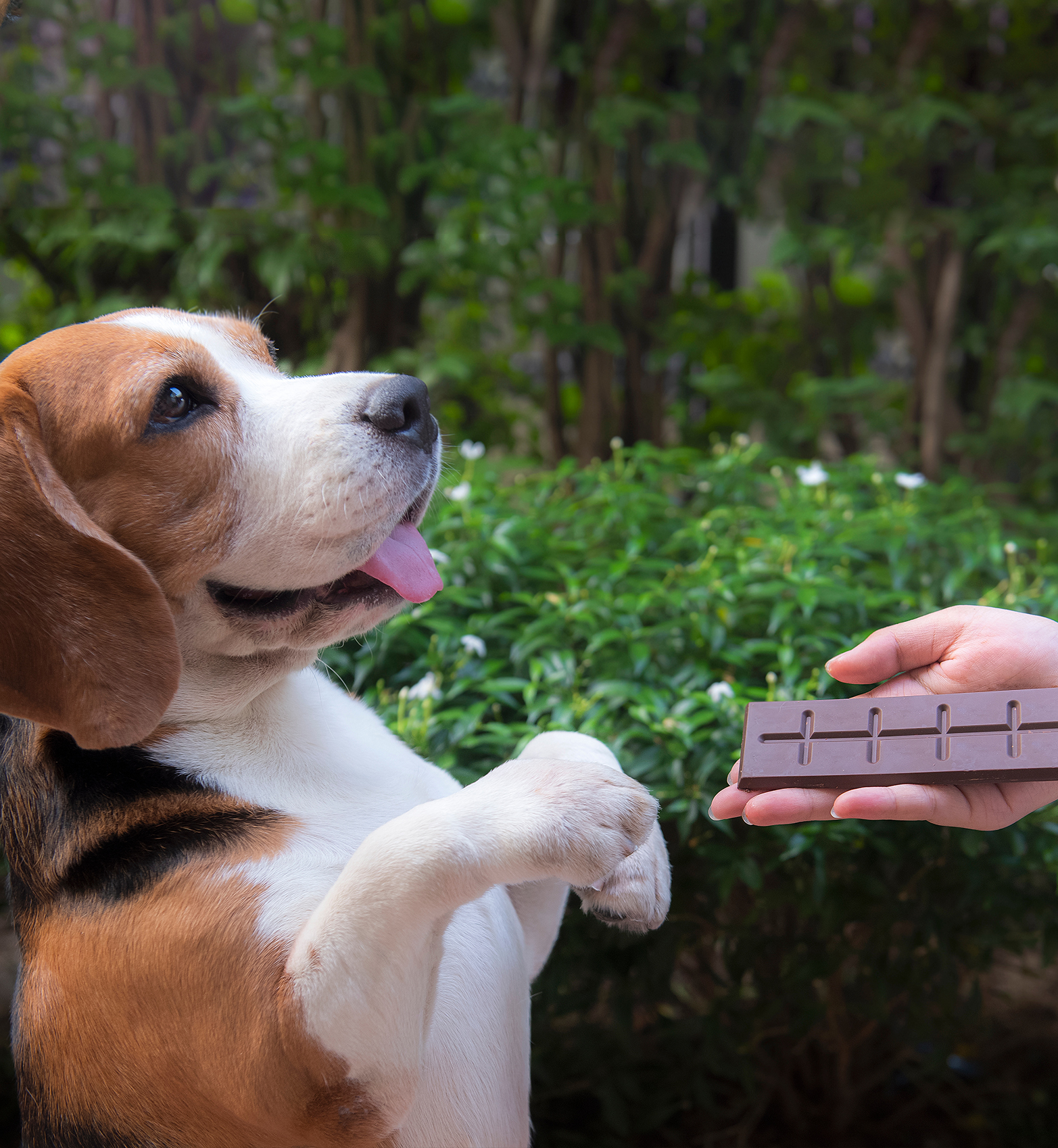
Best Practices for Training Your Pet: A Guide to Effective and Positive Training
Training your pet is essential for building trust, ensuring good behavior, and strengthening your bond. This blog covers best practices for effective training, including positive reinforcement, consistency, socialization, and real-life scenario training. Learn how to make training sessions engaging, rewarding, and stress-free for your pet while fostering a happy and well-behaved companion.
Document:
Training your pet is more than just teaching commands—it’s about building trust, strengthening your bond, and ensuring a happy and well-behaved companion. Whether you have a dog, cat, or another pet, effective training requires patience, consistency, and positive reinforcement.
Here’s a complete guide to best practices when training your pet, helping you create a well-mannered and confident animal.
1. Start Early, but It’s Never Too Late
- The ideal time to start training is during puppyhood or kittenhood, as younger pets learn faster.
- However, adult pets can still be trained with patience and consistency.
- Focus on basic commands like sit, stay, come, and leave it before moving on to advanced training.
2. Use Positive Reinforcement
- Reward good behavior with treats, praise, and affection.
- Avoid punishment-based training, as fear can lead to anxiety and aggression.
- Immediate rewards help pets associate the behavior with positive outcomes.
Example: If teaching “sit,” reward your pet the moment they sit down, reinforcing the action.
3. Be Consistent with Commands and Cues
- Use clear and consistent commands so your pet doesn’t get confused.
- If one person says “down” and another says “lie down,” your pet may struggle to understand.
- Stick to the same words and hand signals to create strong associations.
4. Keep Training Sessions Short and Engaging
- Pets have short attention spans, so train in 5-10 minute sessions a few times a day.
- If your pet becomes frustrated or distracted, take a break.
- Always end on a positive note to keep them excited for the next session.
5. Socialize Your Pet Early
- Expose your pet to different people, environments, and other animals to build confidence.
- Socialization helps prevent fear-based behaviors and aggression.
- Ensure experiences are positive and gradual, avoiding overwhelming situations.
Example: If socializing a puppy, start with calm, friendly dogs rather than large crowds.
6. Be Patient and Avoid Punishment
- Training takes time—don’t expect instant results.
- Avoid yelling or harsh corrections, as this can damage trust.
- If your pet struggles with a command, go back to basics and reinforce previous steps.
7. Train in Different Environments
- Pets should learn to obey commands in various locations, not just at home.
- Practice in parks, streets, pet-friendly cafes, and around distractions.
- Training in different environments ensures your pet responds reliably in any situation.
8. Use High-Value Rewards for Difficult Tasks
- Some commands (e.g., recall or leash training) require extra motivation.
- Use special treats, favorite toys, or extra praise for more challenging training sessions.
- Experiment to find what excites your pet most.
Example: If your dog ignores regular treats, try using boiled chicken or cheese for training recall.
9. Train for Real-Life Situations
- Teaching practical behaviors makes life easier for both you and your pet.
- Focus on commands like stay, leave it, drop it, and recall to ensure safety.
- Leash training, crate training, and polite greetings are also essential.
10. Recognize and Respect Your Pet’s Limits
- Not all pets learn at the same pace—respect their comfort level.
- Avoid forcing commands if your pet is tired, scared, or uninterested.
- Training should always be a positive experience, not a stressful one.
Final Thoughts
Training is about building trust and communication, not just obedience. By using positive reinforcement, consistency, and patience, you’ll create a well-behaved, confident, and happy pet.


